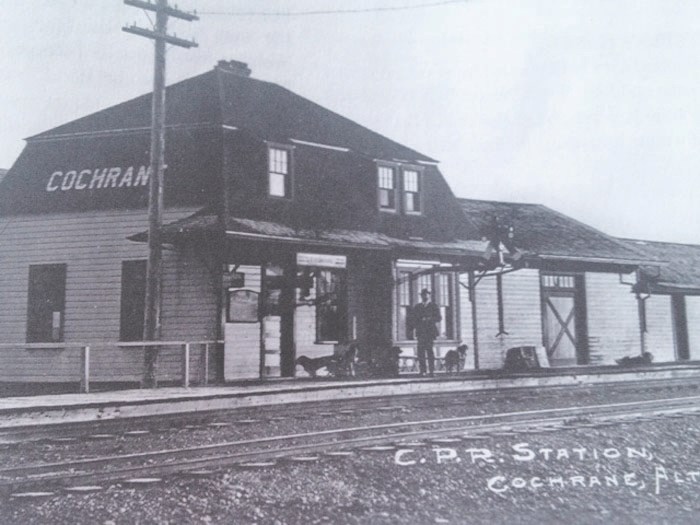People who have lived in Cochrane all their lives are fairly familiar with our history, but it may be of interest to newcomers to read an overview of the community’s past, covering its brief period of growth. We have certainly come a long way since its inception 111 years ago.
The surrounding area was settled 141 years ago when Rev. George McDougall, together with his son, Rev. John McDougall, established a Methodist mission along the Bow River in 1873, just west of Cochrane. George’s other son, David, started the McDougall Ranch, as they brought a herd of 50 horses and cattle from Fort Edmonton. David also built a trading post, and with the arrival of Andrew Sibbald, who was a builder and teacher, the first school was built. Soon the little village of Morleyville was formed, named after Dr. William Morley Punshon, president of the Wesleyan Methodist Church of Canada.
Thomas Cochrane and his wife, Lady Adela, came to Canada from England in 1883 and were instrumental in starting the village of Mitford, which was located on the south side of the Bow River between Morleyville and where Cochrane is located today. Although Mitford was a thriving village for a time, even having a train station, it was deserted by 1898. The Cochrane family was no relation to Senator Matthew Cochrane, who established the Cochrane Ranche in the early 1800s.
On June 17, 1903, Cochrane was established as a ‘village’ by Order in Council of the Government of the Northwest Territories, with D.C. White appointed as overseer. At that time Alberta was still part of the Northwest Territories and did not become a province joining the Confederation of Canada until 1905.
The ‘Village Act’ was legislated in 1908 and the name was changed from overseer to chairman; Cochrane’s first council was A. Chapman, chairman; and C. Grayson and G. Mortimer as council. The title changed again in 1931 from chairman to mayor, making I. Coatsworth the first mayor of Cochrane. It’s interesting to note that I. Brooker, who became mayor of Cochrane in 1983, is the father of our present mayor, Ivan Brooker — another example of a son following in his father’s footsteps.
The railway came through the Bow Valley in 1883. The Canadian Pacific Railway (CPR) station was the first building in Cochrane; the Rockyview Hotel was built in 1904. The Union Bank of Canada was the first bank, built in 1907, just four years after Cochrane became a village. In 1925, the Union Bank merged with the Royal Bank of Canada. Soon after all kinds of businesses began to open: livery stables, blacksmith and welding shop, grocery store, butcher shop, bakery, meat market and eventually gas pumps.
Cochrane maintained a population of about 500 for many decades, but finally reached 1,000 in 1970. With the influx of much needed businesses and new districts being developed, our town can now boast a population of 21,000.
Tara McFadden, a council member for seven years, was my personal tour guide while visiting the town office during the recent Doors Open event.
I was curious as to why Cochrane is still called a town, as most urban developments are called a city when a population of 10,000 is reached.
McFadden explained: “We are retaining the ‘Town of Cochrane’ by choice to keep the small town ambiance Cochrane has been known for. When a town enters into the ‘city’ category, it is responsible for maintaining and upgrading the highway systems passing through the city. For example, the proposed upgrade of the intersection at Hwy. 22 and Hwy. 1A would cost $36 million.”
Now that is a good reason for us to continue to be the ‘little town by the Bow.’




